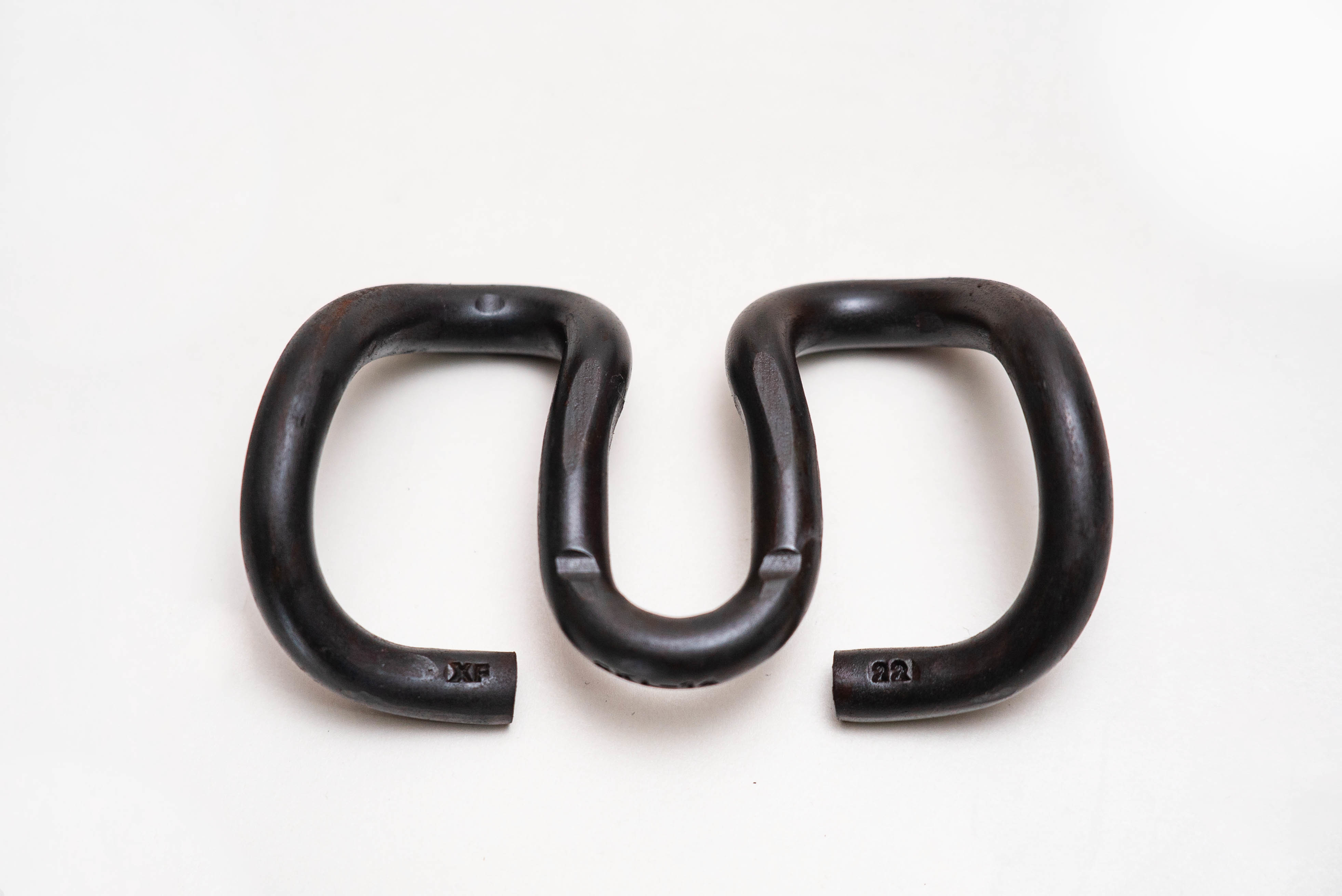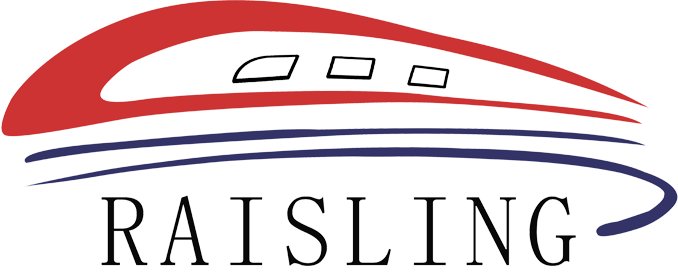Essential Insights into Rail Track Spikes: Importance, Types, and Applications
Aug 16,2025
Rail track spikes play a fundamental role in the stability and safety of railway systems worldwide. These heavy-duty fasteners secure rails to the underlying ties, ensuring that the tracks remain properly aligned and capable of supporting the weight of trains. Without adequate rail track spikes, the integrity of the railway infrastructure may be compromised, leading to potential safety hazards and

There are several types of rail track spikes available, each designed for specific applications. The most common types include cut spikes, screw spikes, and drive spikes. Cut spikes are traditional and often used in wooden ties, where they are driven directly into pre-drilled holes. Screw spikes, on the other hand, feature a threaded design that allows for a more secure installation, making them suitable for various rail types and environments. Drive spikes are typically used in heavier applications and can be quickly installed using impact tools, which is an advantage in time-sensitive projects.
The choice of rail track spikes depends on several factors, including the type of track, the expected load, and the environmental conditions in which the railway operates. For instance, in areas with extreme weather conditions or heavy freight traffic, selecting a more durable and robust type of spike can enhance the longevity and safety of the railway.
In addition to the physical characteristics of rail track spikes, proper installation and maintenance are critical. Regular inspections help identify any loose or damaged spikes, allowing for timely replacements before they lead to more significant issues. This proactive approach not only enhances the safety of rail operations but also minimizes downtime and repair costs.
Furthermore, the material used in the manufacturing of rail track spikes is also essential. Common materials include high-strength steel, which provides durability and resistance to wear. Some manufacturers may also offer corrosion-resistant coatings to extend the lifespan of the spikes, especially in coastal regions where saltwater exposure is a concern.
Overall, understanding the various types, applications, and installation practices of rail track spikes is crucial for maintaining a safe and efficient railway system. By investing in high-quality spikes and implementing regular maintenance routines, railway operators can significantly enhance the reliability and safety of their operations. In conclusion, selecting the right rail track spikes is not just about fastening rails; it's about ensuring the broader safety and efficiency of the entire rail network.
Previous:
Next:
Recommended
Asia Pacific Rail 2025 Concludes in Bangkok, Showcasing Rail Industry's Future
Bangkok, May 29 - The Asia Pacific Rail 2025, a leading event in the railway and rail transit industry, successfully concluded on May 29 in Bangkok, Thailand.
Contact Us








